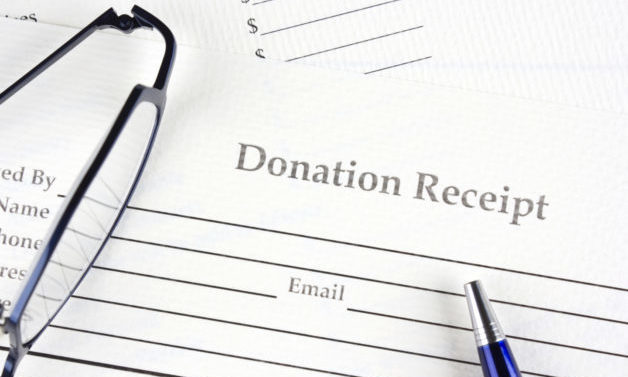
September 18th, 2024
Posted on January 22nd, 2025 in Not-for-Profit

One of the greatest benefits of a not-for-profit organization being categorized as a registered charity is its ability to issue official donation receipts. Potential donors are more inclined to donate because they are able to claim the donated amount as a credit on their personal income tax return thus increasing the opportunity of these organizations in soliciting funds.
This benefit however comes with administrative time and responsibility to ensure that the official receipts issued are complete and accurate. There are many rules and guidelines that the Canada Revenue Agency (CRA) has with respect to donation receipting that must be followed in addition to the specifics of what has to be included on the receipt itself.
The starting point is determining if the donation qualifies as a gift eligible to be receipted as an official charitable donation. A gift is the voluntary transfer of property without consideration. In other words, it must be freely given, with no advantage received by the donor and consist of property. As a result of this definition, CRA specifically excludes donation receipts for the gift of services. If a supplier of a service wants to donate their time, skill, or expertise and get a donation credit for it they must issue an invoice to the charity for the service provided, be paid by the charity and then donate funds back to the organization. Without this payment and contribution exchange, no donation receipt should be provided.
After confirming that the gift qualifies the next determination is the value of the gift. This may be straightforward for most cash donations but what about non-cash gifts? The value is determined based on the fair market value of the property or goods however making this determination could be as easy as doing a search to determine what the product or good would sell for, or may have to involve other professionals to provide an appraisal.
Finally, the last step is considering if there was any advantage provided to the donor and the value of that advantage. This step is often needed for fundraising events such as dinners or golf tournaments. For example, if a charity charges $250 to attend their annual golf tournament, which includes a round of golf, dinner, and prize, the golfer is obviously getting something for the money paid. If the value of the golf, dinner, and prize is $200 then the eligible gift would be $50 being the amount that is in excess of the value that the golfer received.
If you need assistance in determining whether the benefits of donation receipting outweigh the administrative time and responsibility for your business, or have additional questions about CRA’s guidelines related to donation receipting, one of our Not-for-Profit Professionals would be happy to assist.
Drop us a line, we look forward to hearing from you.